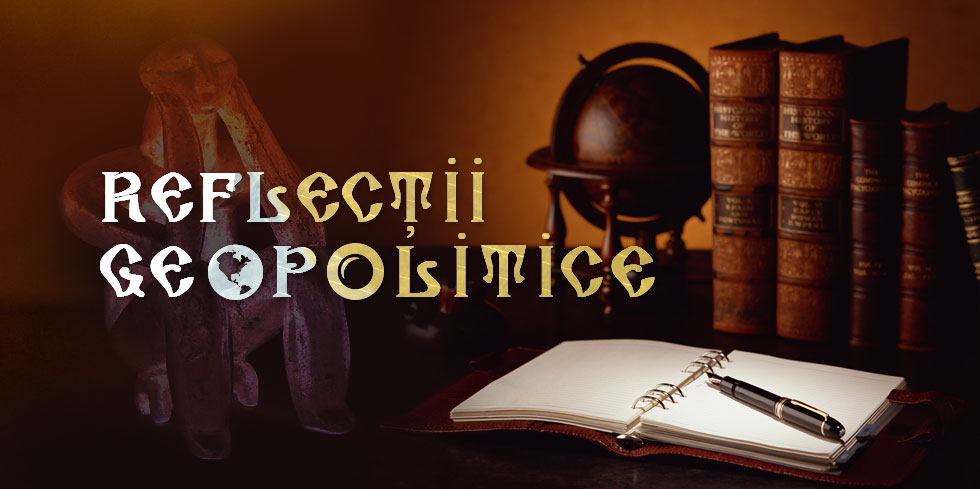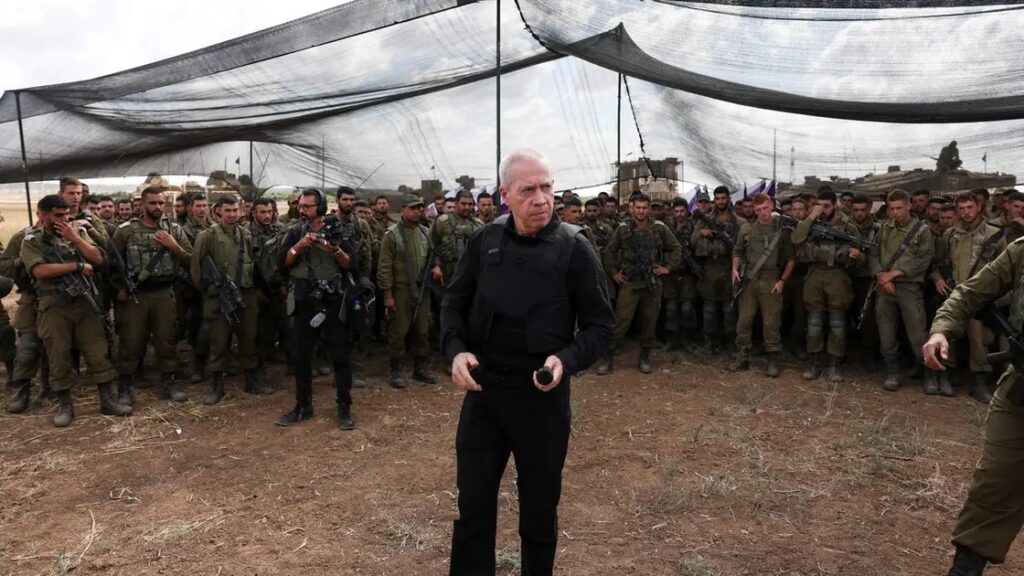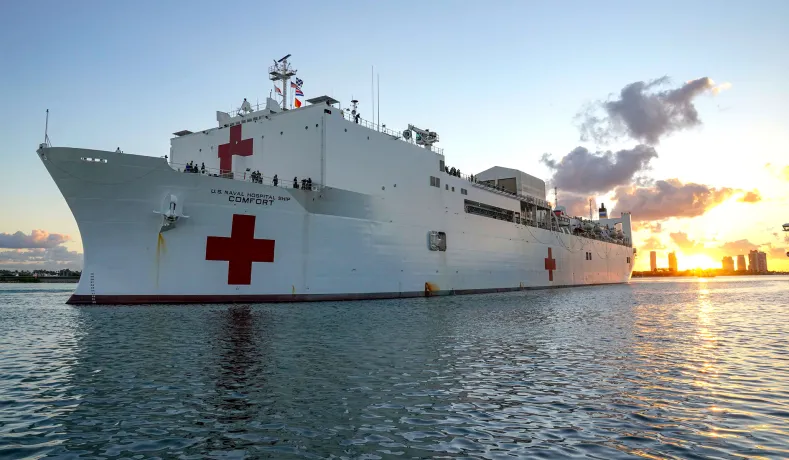Top Hamas Official Ahmad Bahr And Palestinian Freedom Movement Secretary-General Khaled Abu Hilal Killed In IDF Gaza Airstrikes; Bahr Prayed For Killing Every American And Jew ‘To The Last One,’ Glorified Martyrdom; Abu Hilal Called On Palestinians Abroad To ‘Target Every Infidel Zionist’ – Clips From The MEMRI TV Archive

On November 17, 2023, Palestinian sources reported that Hamas official Ahmad Bahr was killed in an Israeli airstrike on Gaza.[1] Bahr, 76, was a member of Hamas’s political bureau and former deputy chairman of the Palestinian Legislative Council. Khaled Abu Hilal, the Secretary-General of the Palestinian Freedom Movement, was separately reportedly killed in an airstrike.[2]







